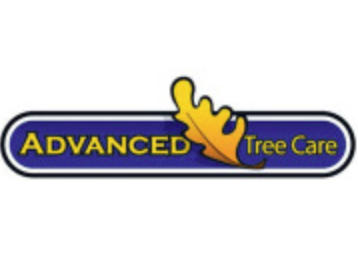Tag: tree worker risks

Arboriculture Canada delivers training for Maritime College of Forest Technology
When the Maritime College of Forest Technology (MCFT) first started designing the Utility Arborist Program (UAP), they approached Arboriculture Canada Training and Education Ltd. (ACTE). ACTE will be providing 160 hours of theoretical and hand's on practical instruction to UAP...
Advanced Tree Care provides high quality training to crews – 2015
Advanced Tree Care is investing in comprehensive safety and skills training for their staff in 2015 by hosting three weeks of training that will cover the topics of: - Tree Dynamics & Integrated Risk Assessment - Tree Climbing, Fall Protection...
Canada Job Grants – funding available for employers to train workforce.
The Canada Job Grant is an employer-driven training program. This means that employers decide on who gets training and what type of training may be needed for new and existing employees. Employers must use a third-party training provider to deliver...
Arboriculture Canada is a National Awarding Body (NAB) with the ABA (Awarding Body Association) International.
We are proud to announce that we have been accepted as members of the ABA International body. Arboriculture Canada is now a National Awarding Body (NAB). We would like to introduce the ABA to our customers in Canada, and especially...
Review of European chainsaw fatalities, accidents and trends
An interesting article on European chainsaw fatalities, accidents and trends. http://www.tandfonline.com/eprint/9PYNtwS2zW2FdAAX3p2T/full
Standard Operating Procedures or Guidelines
This presentation was given by Dwayne Neustaeter at both the Western Chapter and the ISA Annual Conferences, and he would be happy to visit other chapters to present his findings on Standard Operating Procedures in the future. Printed by SCA...